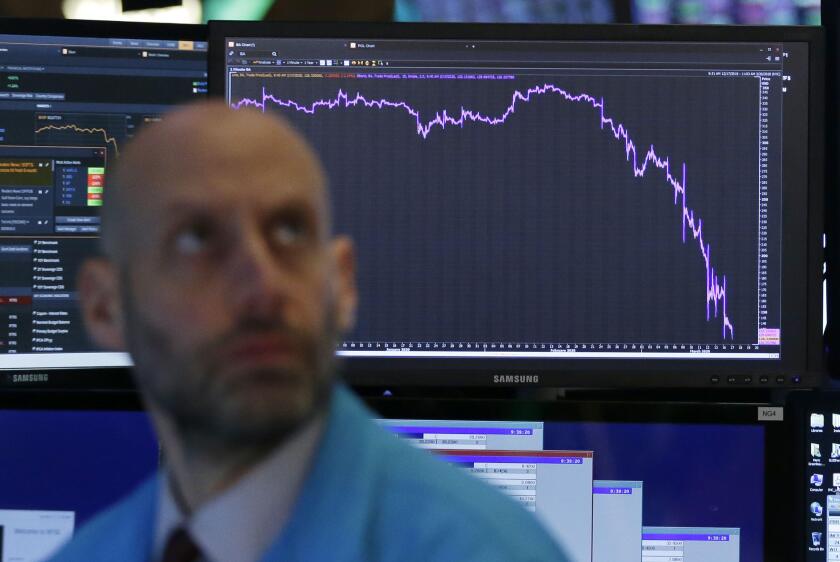Sometimes siblings look nothing like each other. It was a bit like that in the bank finance markets this week.
In the unsecured market demand for six bank bonds was decidedly anaemic and, despite offering attractive levels to begin with, price traction was impossible.
In stark contrast, execution in the covered bond market was outstanding and implied that the spread between the two asset classes was set to move wider.
Euro deals from Banca Popolare di Sondrio, Landsbankinn, Citadel Banka, BayernLB, NN Group and a sterling transaction from Commerzbank all failed to move from their starting points.
In diametric opposition, Danske Bank’s benchmark covered bond and Berlin Hyp’s tap were roughly five times subscribed and were priced virtually flat to fair value.
The evidence suggested that the generously priced unsecured deals were perhaps not generous enough, whereas covered bonds — tight as they were against mid-swaps — offered exceptional value.
Indeed, from an investor's perspective, covered bonds are at the most attractive levels they’ve been all year — against both senior unsecured and German government bonds.
When Berlin Hyp issued its five year Pfandbrief in August the spread to Bunds was 34bp but since then the Bund-swap spread has widened and the tap paid a rare 43bp pick-up to Bunds.
This was enough to ensure the increase was priced 2bp tighter to mid-swaps than the initial offering, at 4bp through.
In the same vein, Danske’s benchmark arrived at the blisteringly tight spread of 2bp through mid-swaps but paid an extraordinarily rich 47bp over Germany, that being almost 20bp more than was available in early September.
Covered bonds also looked good against the senior unsecured sector with the generic five year spread of around 20bp seen at the start of this week, the tightest it’s been all year.
The message is clear. Unsecured borrowers will probably need to pay up or wait until next year when competition gets tougher. Either that or go to covered bonds.

